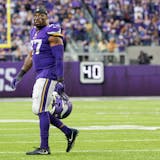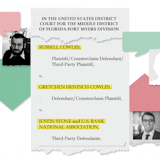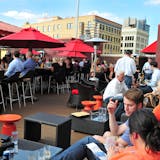Air Force One was airborne before I could buckle my seat belt. The president's plane — carrying George W. Bush — had begun barreling down the runway moments after everyone was hustled aboard.
It was 9:54 a.m. on Sept. 11, 2001 — 51 minutes after the second plane hit the World Trade Center. The next few hours would be among the most intense of my life.
I was accompanying the president in Sarasota, Fla., that Tuesday as White House correspondent for USA Today. A decade later, I went to Dallas and interviewed Bush about those events and their aftermath. He told me that except for his wedding and his daughters' births, it was "the most profound moment" of his life. "It will always be vivid," he said.
Fifteen years later, I still dream about that day. Often, I wake up abruptly with a feeling that I need to hide. Although it was impossible to calculate then how much the country and the world were about to change, I knew I was witnessing consequential events. As a journalist, that was exciting. But I was terrified. This is the first time that I have written about what I personally experienced.
The events in Sarasota on that steamy morning are part of history now: Bush went for an early jog on the beach in Longboat Key, then visited Emma E. Booker Elementary School to promote his education policies. He talked a lot about that topic — not foreign policy or terrorism — in the first months of his presidency.
Bush was in a second-grade classroom when White House Chief of Staff Andy Card entered and whispered in his ear, "America is under attack." Bush stayed in his seat while the youngsters finished reading. "Really good. These must be sixth-graders," he said.
Years later, Bush told me about that moment, "I, of course, remember [Card] whispering in my ear. I remember the faces of the children. … It was a moment of clarity because people were going to watch how I reacted, and I had enough experience with crises to understand that if you're head of an organization, it's important to project calm."
While Bush was in the classroom, reporters had stood in an office doorway at the school to watch TV coverage from New York after the first plane hit the tower. We saw the live image of a second plane zooming into the picture, then an orange fireball. I felt nauseous. Teachers and school staffers around me began to cry.


